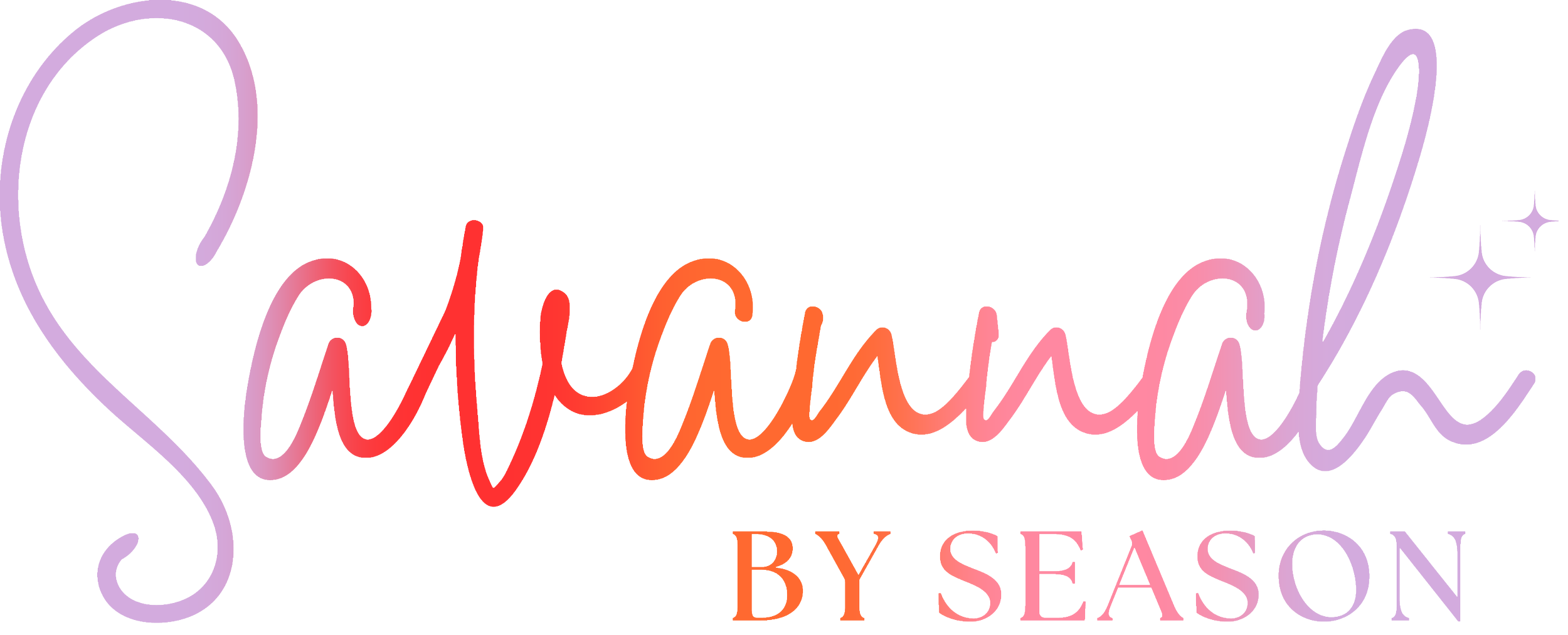Journalism: Right and Wrong
Sometimes, just the flip of a picture can prove disastrous.
A few years ago while working for my campus' newspaper, The North Texas Daily, all interns and employees were required to go through several workshops before the semester began. One of the topics on our list of workshops was “ethics.” When you first think of the word, it seems so simple: Be a good person, do what's right. It was during that workshop that I discovered just how complicated some situations can be. Deciding what is right and wrong isn't always just common sense.
We were taught about cases where the ethical dilemma was pretty clear, like the Stephen Glass case. Glass exaggerated and completed fabricated most of his stories written at his time at The New Republic. That situation seems wrong to people that don't even have an education in journalism.
However, there were still some cases discussed that didn't seem as bad, but had detrimental consequences. For instance, a photographer for a local newspaper took a simple head shot of a speaker, as assigned. Later that night, the employee who was in charge of the page layout used the photographer's photo, but ended up flipping it so that the subject's eyes were looking towards the middle of the page as opposed to off the page. Seemed to be a simple fix for helping the page have a better overall look. Unfortunately for him, the subject of the photograph was wearing a name tag, which was now flipped backwards. He did not catch the mishap before printing. What seemed like a simple fix, turned into a nightmare for the employee and gave the newspaper an untrustworthy reputation. Although it was just a tiny change, it had a lasting effect. If you can't trust a newspaper with a reliable headshot, why would you trust them with articles of important information?
This small workshop showed me a lot in such a short period of time. It enticed me to research the ethics of photojournalism and learn more about the rules that I should be following as a photographer working for a newspaper.
This article, written in 2009, shows may different ethics of photojournalism in detail. Even though it is written for yearbook photographers, it's truly good advice for all photojournalists to refer to.
As in news journalism, ethics is important within business practices, advertising firms, public relations and in any communication. When you are in a position as a professional, there really isn't any wiggle-room in the area of credibility. Once that is gone, you are officially done. All it takes is one time being corrected or caught to be fired and publicly ruined.
When making daily decisions, your company's reputation needs to be at the forefront of your thought process. Of course, if your company is asking something totally against your morals, you'll definitely have to reevaluate whether or not you need to be with this company at all. Secondly, keep your own professional reputation in mind. What will your boss say with this decision? How about your coworkers? What about a future boss?
The “Mom-test” that Professor Bufkins keeps telling our Ethics class about seems to be the best rule of thumb for ethical decision-making. If you would be embarrassed for your mother to know, you probably shouldn't be doing it at all. If you haven't learned by now, Mothers always know best.








